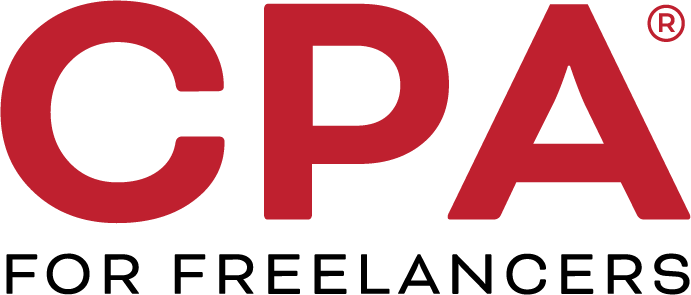If you were paying attention to your tax situation in January of this year, you may have heard that the IRS is offering a reprieve to some taxpayers when it comes to penalties for the late payment of estimated taxes. Now, less than month before the tax deadline the IRS has announced that it is further lowering the threshold for the usual “safe harbor” waiver of penalty payments for estimated taxes paid in the 2018 tax year from the standard 90% to 80% (this is a 5% decrease from what was originally announced in January).
How estimated tax penalties work. As most freelancers should be aware, the IRS expects self-employed individuals to pay the bulk of their taxes throughout the year by estimating the amount of tax they owe, given their net income for each quarter, and making quarterly estimated tax payments. For freelancers who are also employed by another individual or company and receive a W-2 wage statement, the tax for this portion of their income should be withheld from each paycheck.
The IRS applies a penalty to tax filings if a taxpayer has not paid enough tax during the year, unless they meet the safe harbor limitation which requires that:
- A person’s tax payments are equal to at least 90 percent of their tax liability for the year, or;
- A person’s tax payments are at least 100 percent of the prior year’s tax liability (110 percent when joint filers’ gross income is over $150,000).
How the 2018 estimated tax penalty waiver may benefit freelancers. Due to the fact that the IRS released tax withholding tables early in 2018 which did not reflect some adjustments in the new tax laws, the agency is now waiving the penalty for any taxpayer who prepaid at least 80 percent of their total tax liability for 2018. However, if you did not prepay 80 percent of your total tax liability or more, you will not be eligible for the waiver. The IRS will calculate the estimated tax penalty using a higher 90 percent threshold for this tax year instead.
The bottom line: If you did not adjust your estimated tax payments or your tax withholding in 2018, this waiver may give you a little relief, especially if you will have a tax payment due when you complete your tax return.
Regardless of whether you will qualify for this waiver or not, it is a good idea for all freelancers to check any tax withholding their income is subject to, as well as checking the rate at which you are paying estimated taxes for 2019 to ensure you are, at a minimum, meeting the safe harbor threshold.
Making sure you are withholding sufficient tax will help you avoid an unexpected tax bill when you file your return next year. This is especially important if you:
- Itemized your tax deductions in the past but are now taking the increased standard deduction.
- Have a household with two wage earners.
- Earn income from multiple sources (i.e. a W-2 job and a freelance business).
- Have a complex tax situation.
Talking to a tax professional can help you ensure your tax withholding and/or estimated tax payments are correct given your specific situation. The IRS has also updated its online withholding calculator at irs.gov which is also a helpful resource.


